By Louise Irvine
WMODA is awash right now with weird underwater critters. Mermaids have been joined by mollusks and crustaceans from the Venetian Lagoon as well as some creepy crawlies brilliantly created in glass by two talented Italian lampworkers, Dario Frare and Emanuel Toffolo.
Dario Frare
Dario Frare was born in 1977 in Murano, Italy and inherited his passion for drawing and glassmaking from his father Giuliano, also a well-known Master and his first collaborator. Dario started working with glass when still a child and then studied at the Institute of Art in Venice. He specializes in the traditional Venetian a lume technique, also known as lampworking or flameworking, which uses a torch to melt the glass canes. The glass is then formed by a combination of blowing and shaping with tools and dexterous hand movements. Over the years, Dario has become renowned for his comical clowns and succulent cacti, which can be purchased at WMODA. Sergio Gnesin of Seryolux has also introduced us to Dario’s curious crabs and sensational squids from the Venetian lagoons in lampworked glass.
Crustacea in Art and Science
On the surface, crabs and lobsters might seem like an unlikely subject for artists of any kind. However, the 19th-century German naturalist and artist, Ernst Haeckel, created intricate drawings of crabs, lobsters, and other sea creatures to illustrate his important scientific research. His stunning designs in Artforms of Nature (1904) accentuate the bizarre beauty of these underwater residents.
Leopold Blaschka
Bohemian glass artist Leopold Blaschka was intrigued by the glass-like transparency of marine invertebrates. He had the opportunity to observe them en route to the United States in 1853 when his ship was delayed for two weeks by lack of wind. Later, after his return to Germany, he was commissioned by the director of the natural history museum in Dresden to create a series of lampworked glass marine models as teaching tools. They were hailed as "an artistic marvel in the field of science and a scientific marvel in the field of art." Leopold developed a successful mail-order business to museums, universities, and aquaria all over the world and trained his son Rudolf as his apprentice and successor.
Lampworking Traditions
Murano has also been a center of lampworking since the 14th century when oil lamps were used to produce the flame. The earliest lampworked glass is believed to be a collection of beads dating to the fifth century BC. Venetian beads in the murrina style were particularly popular and by the mid-19th century, the technique had been extended to the production of paperweights. French lampworkers at Baccarat, St. Louis and Clichy became the leading masters of collectible glass paperweights.
Paul Stankard
In recent years, Paul Stankard has been acknowledged as the living master of flameworking in America, as can be seen in the Art of the Flame exhibit at WMODA. His exquisite glass paperweights and orbs feature flowers, leaves and roots, often with bees or dragonflies hovering above. Paul credits Walt Whitman with his ability to portray bees realistically in glass after reading a line in Song of Myself about “the hairy wild bee that murmurs and hankers up and down.” He had not realized bees were so hairy until he caught one in the garden for closer study.
Beetlemania
Emanuel Toffolo’s incredible flame-worked beetles are now back for sale at WMODA, thanks to Sergio Gnesin. Toffolo’s work was first shown during the Biophilia exhibit alongside Christopher Marley’s beetle mosaics and our guests had great fun spotting the difference between the glass art and the real specimens. Toffolo has captured the natural iridescence of beetles so brilliantly in glass that they become the jewels of the insect world. His painstaking precision and accuracy in portraying the different species of Coleoptera is truly remarkable.
Emanuel is following in the footsteps of his father, Cesar Toffolo, a world-recognized Murano glass artist. Emanuel graduated from the School of Art in Venice and began flame-working in 2003. His passion for natural subjects, particularly the insect world, inspired him to represent different species in glass. What began as a hobby has become the passion of his life and he opened his own studio in Burano, Venice in 2014.
It’s hard to believe that the intricate glass creations by these brilliant flame-working artists are not real, whether it be Paul Stankard’s bees, Dario Frare’s mollusks or Emmanuel Toffolo’s beetles – come see for yourself at WMODA!
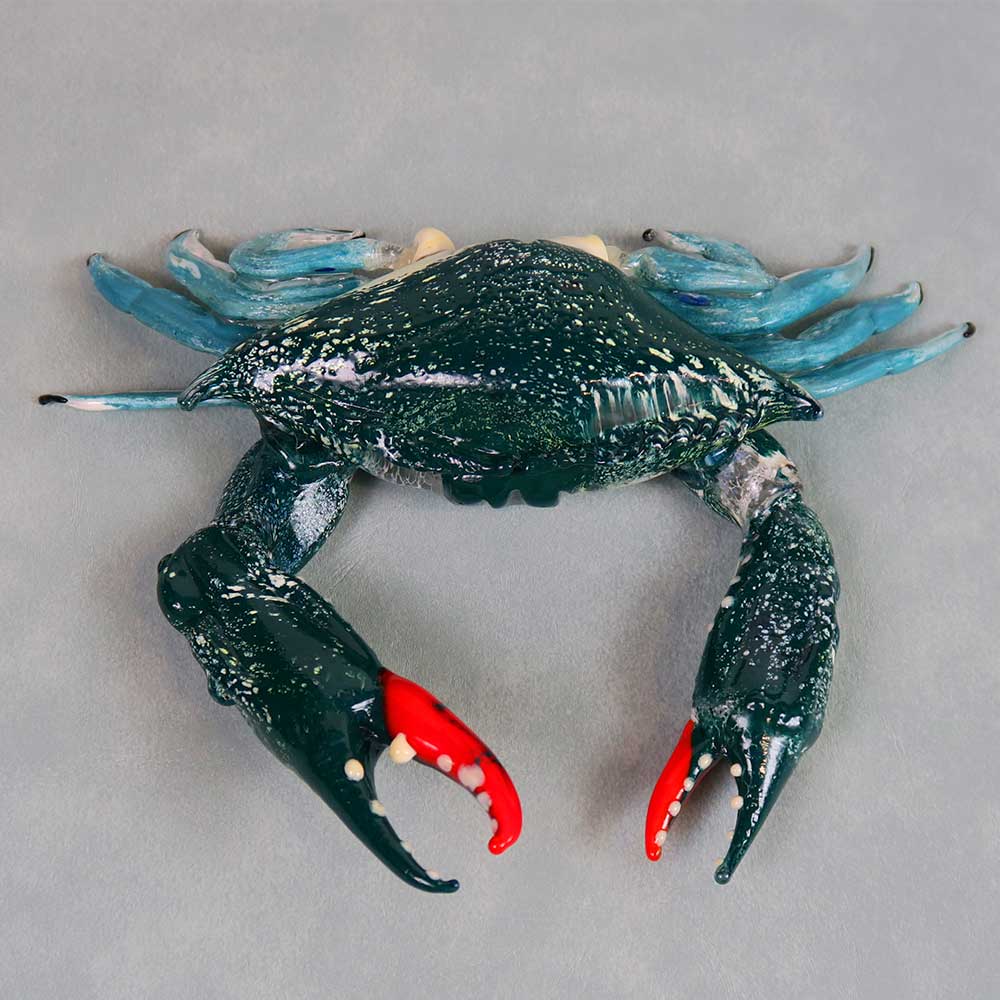
Blue Crab by D. Frare
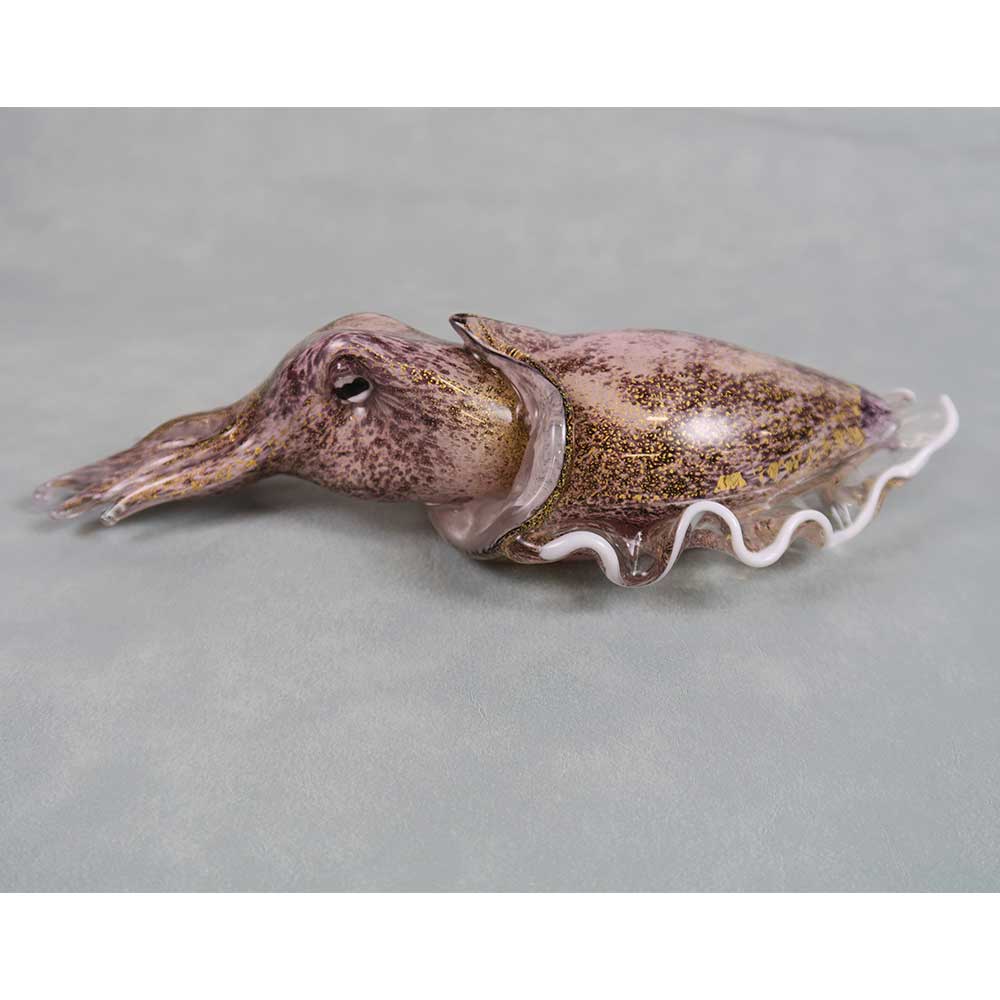
Squid by D. Frare
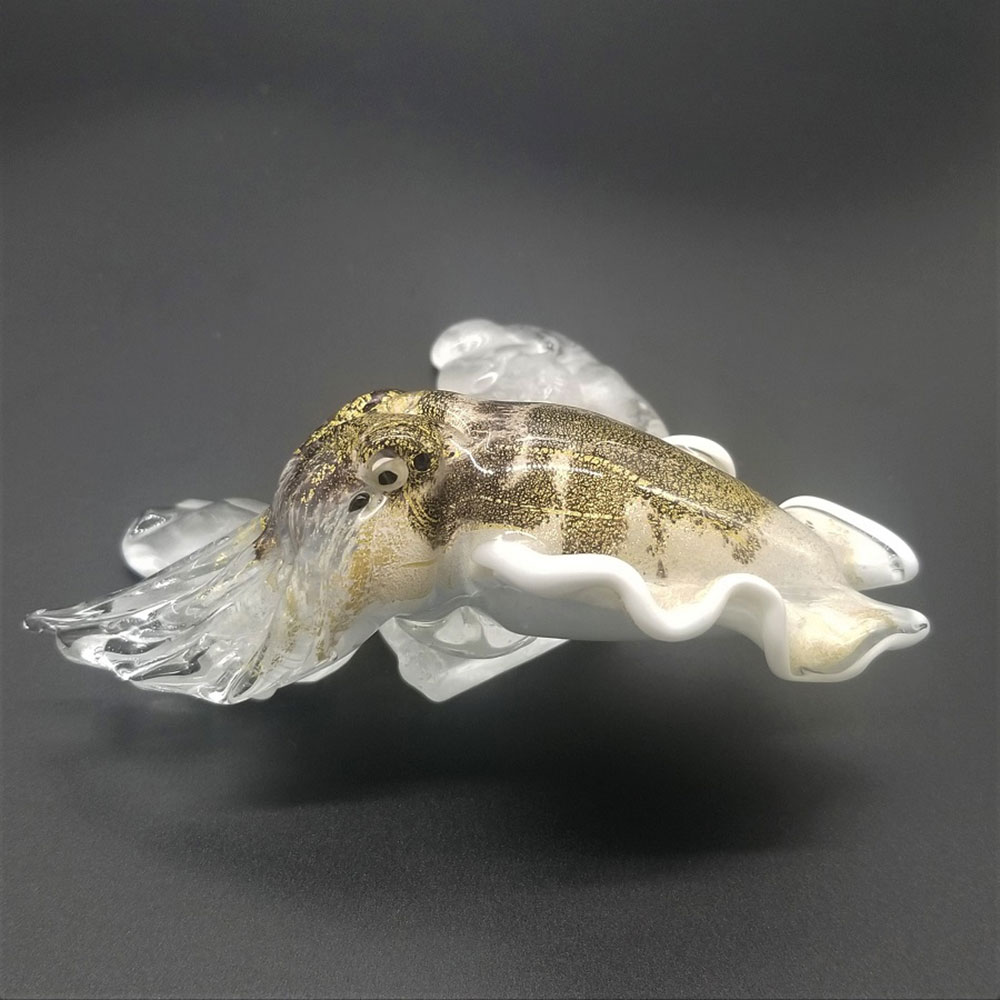
Squid on a base by D. Frare
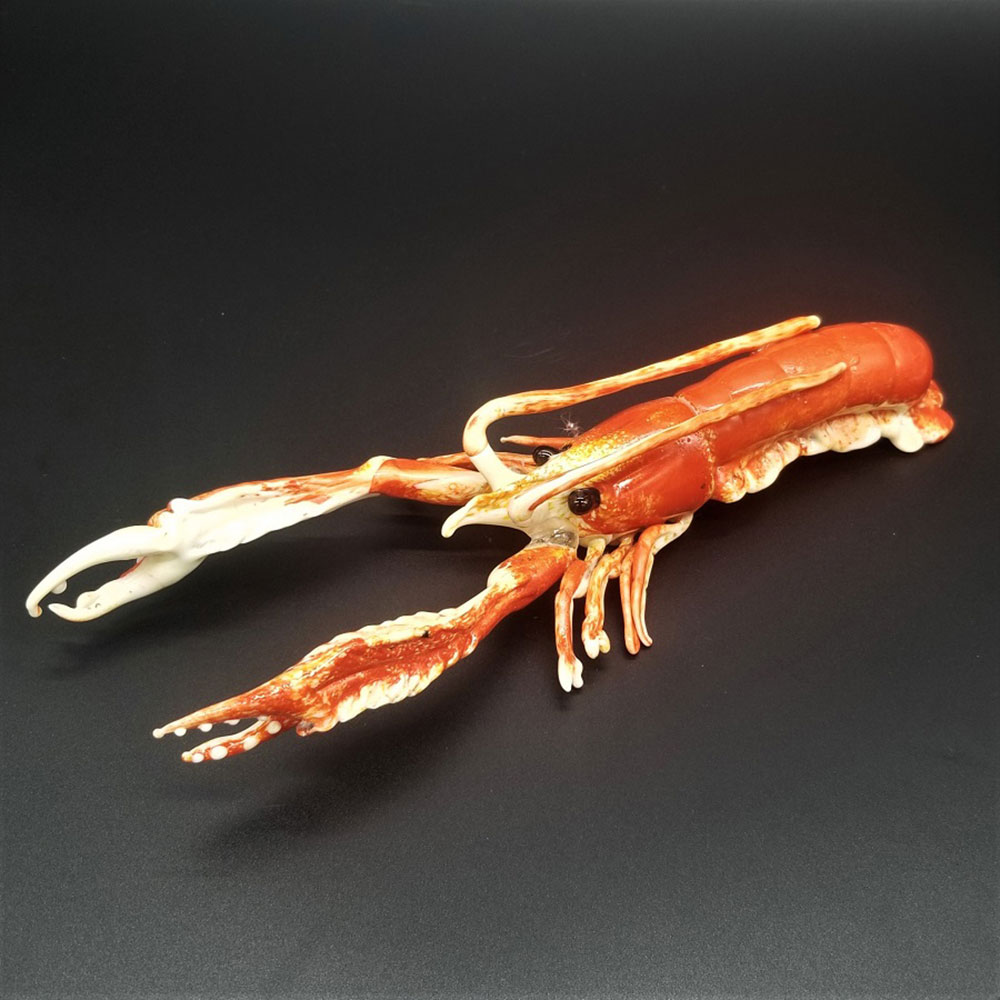
Scampi by D. Frare
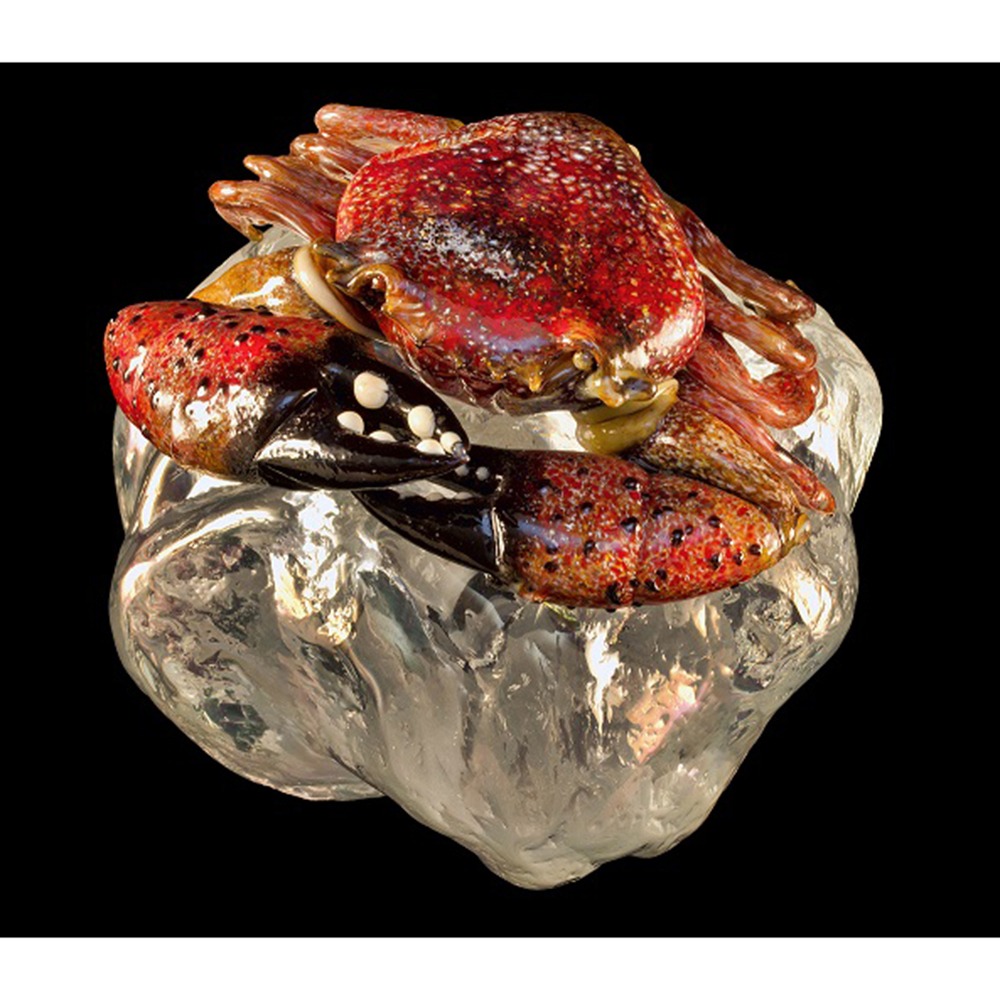
Granchio by D. Frare
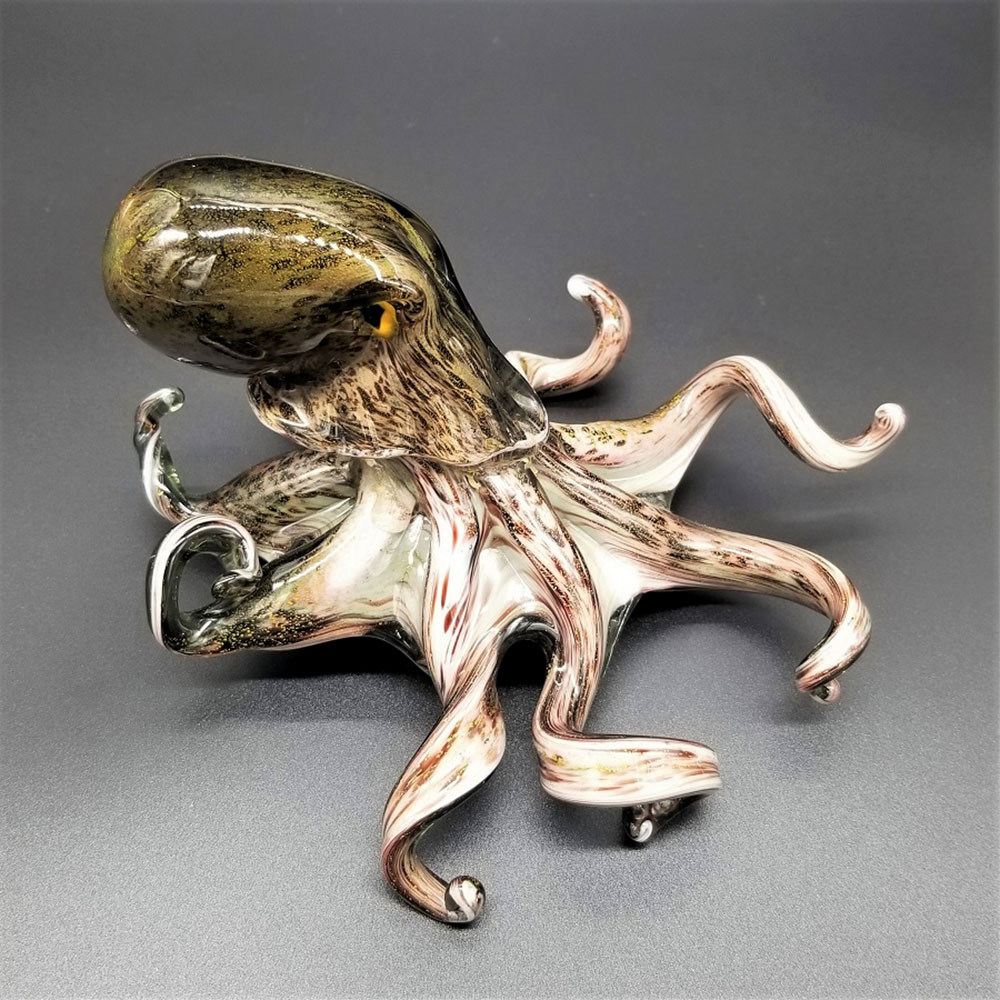
Octopus by D. Frare
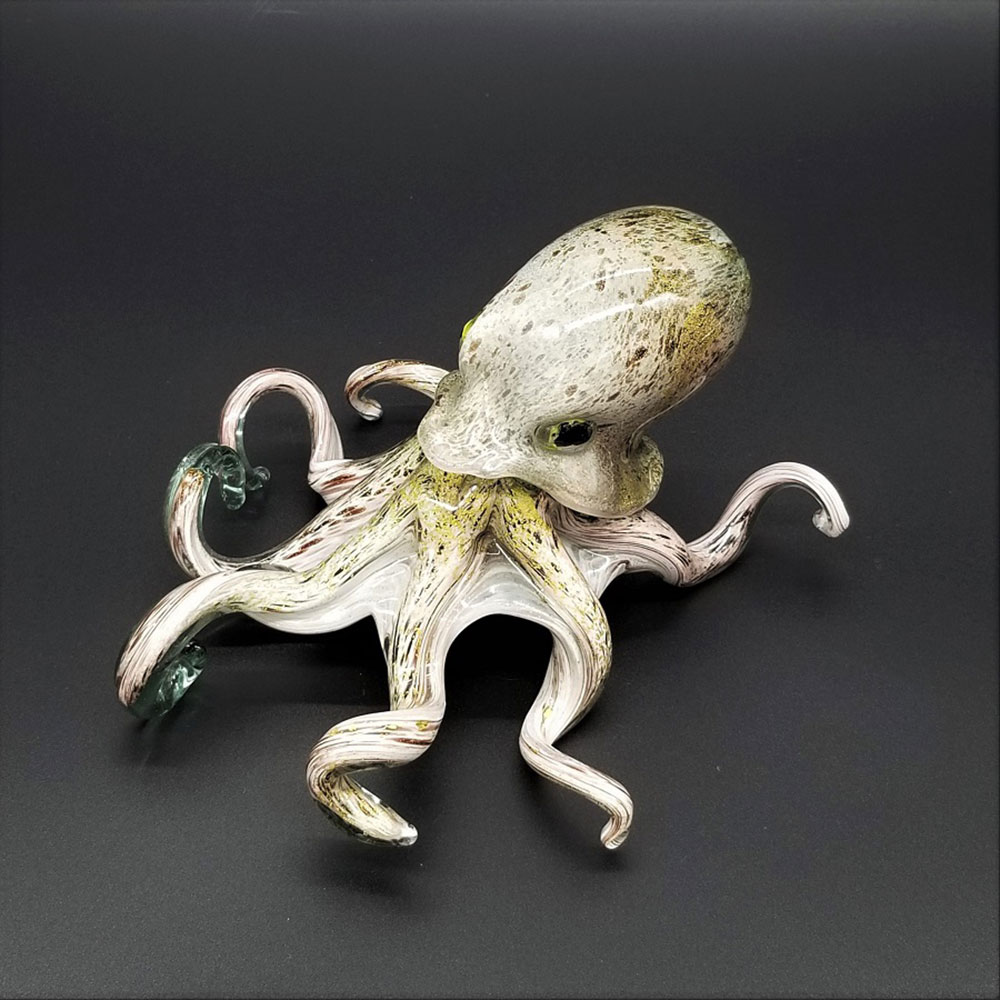
Octopus by D. Frare
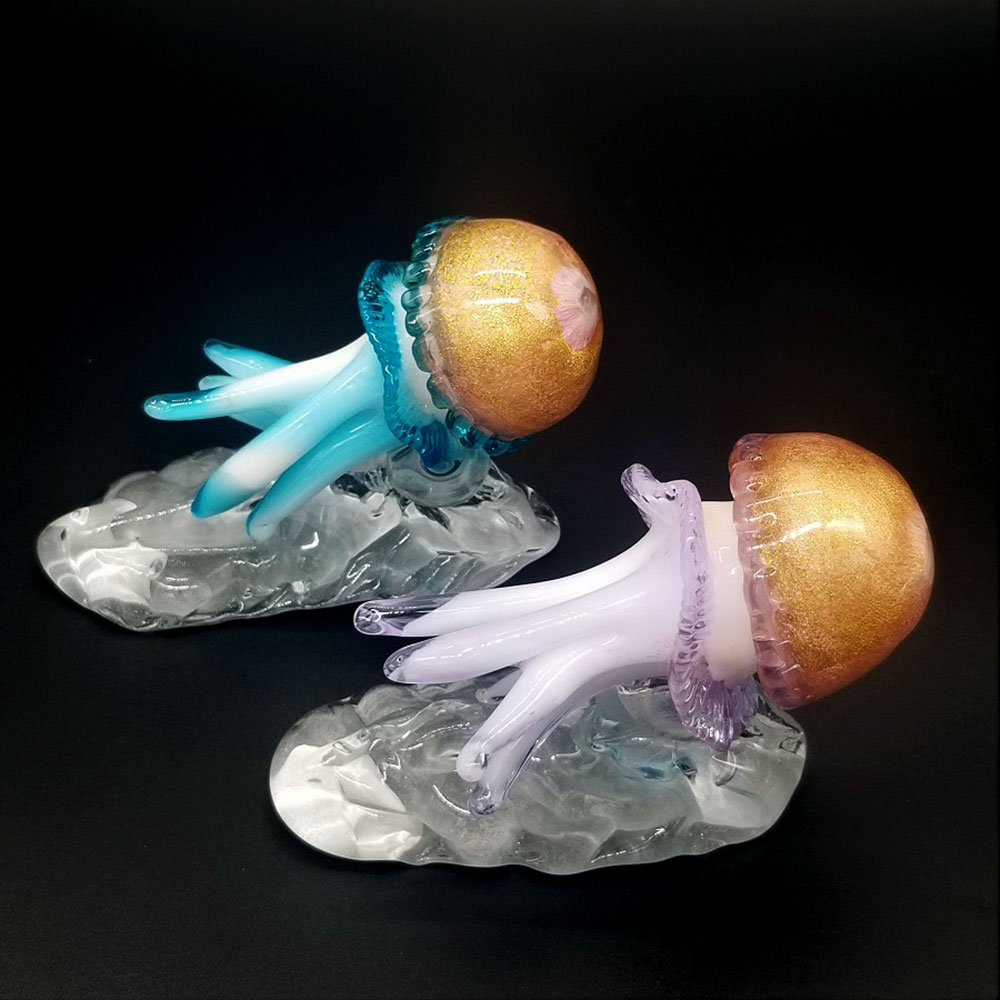
Jelly Fish by D. Frare
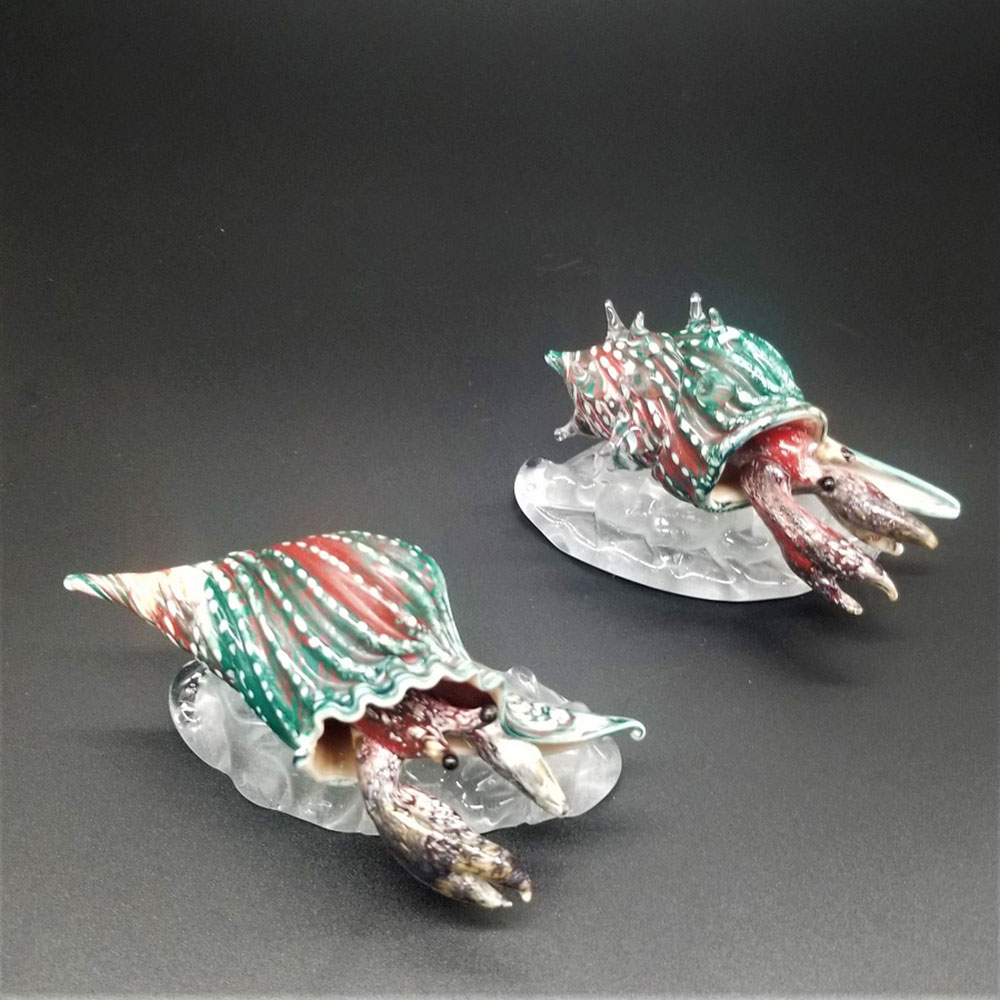
Hermit Crabs by D. Frare
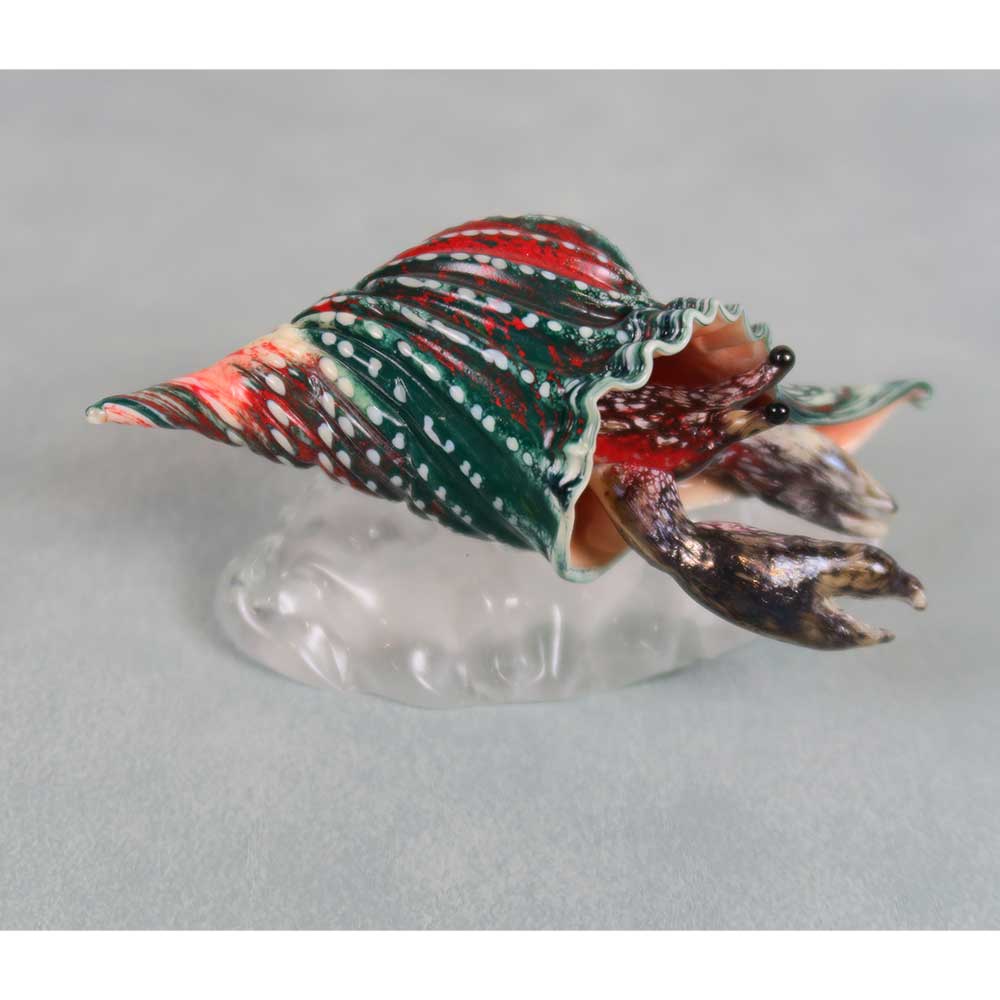
Hermit Crab by D. Frare
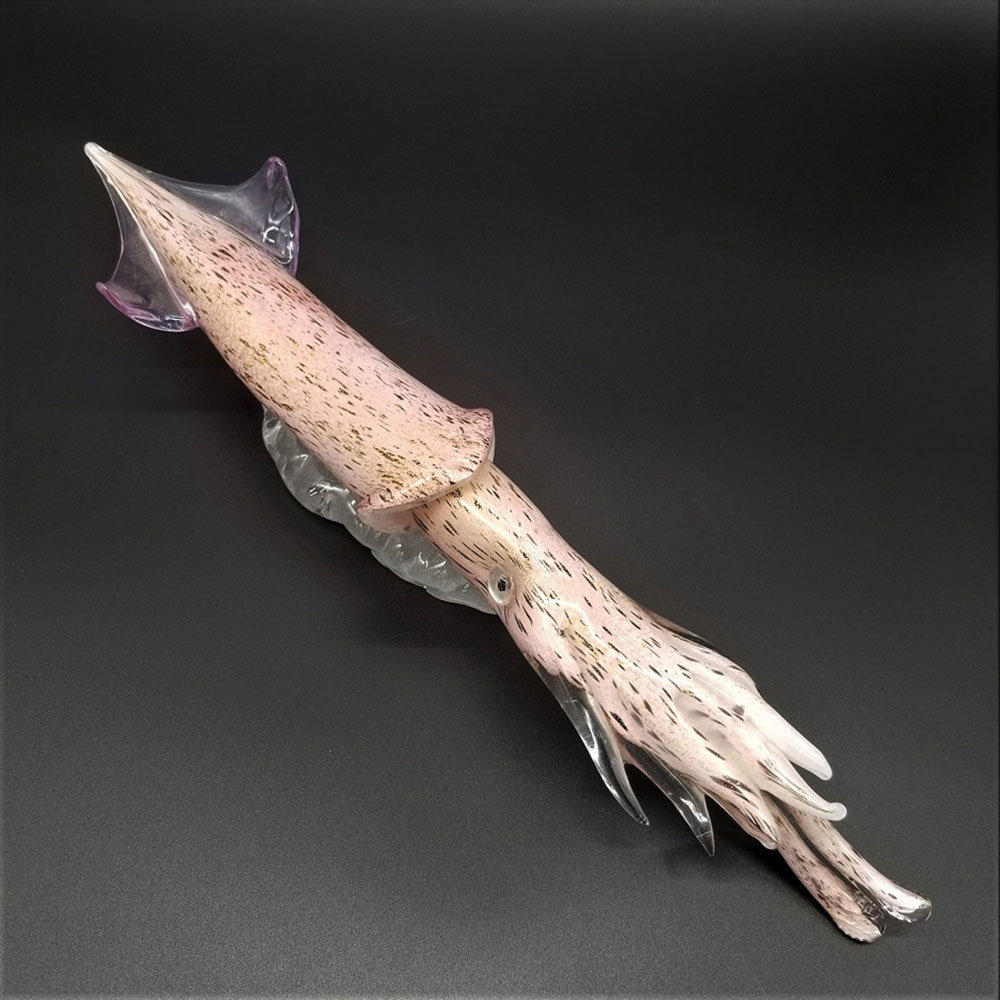
Calamari by D. Frare
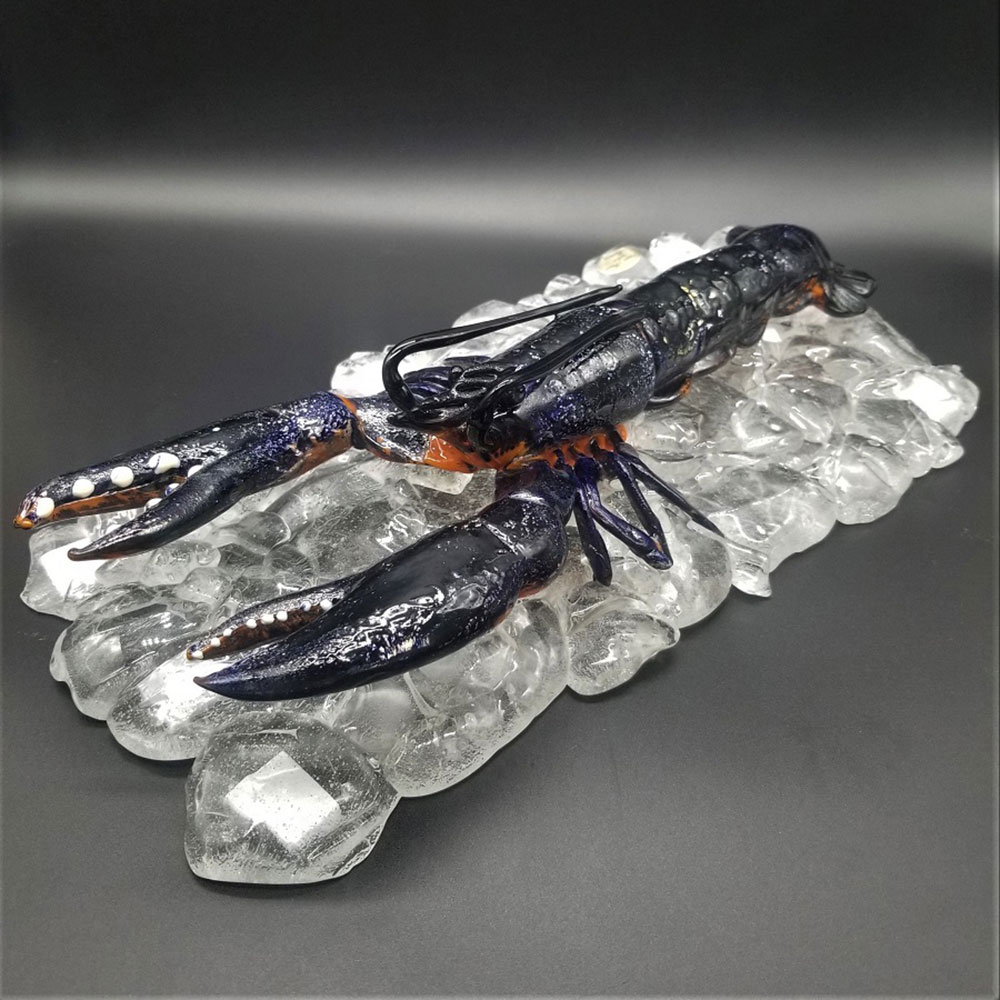
Blue Lobster by D. Frare
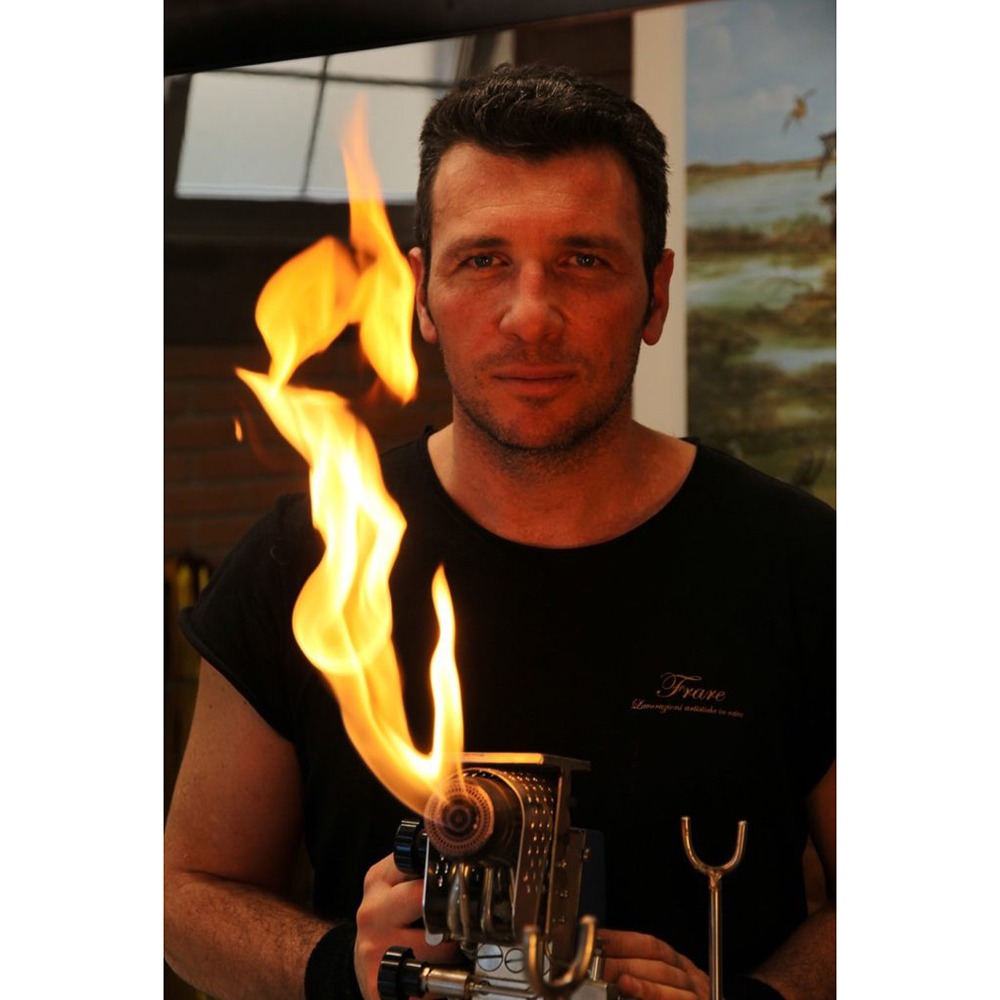
Dario Frare
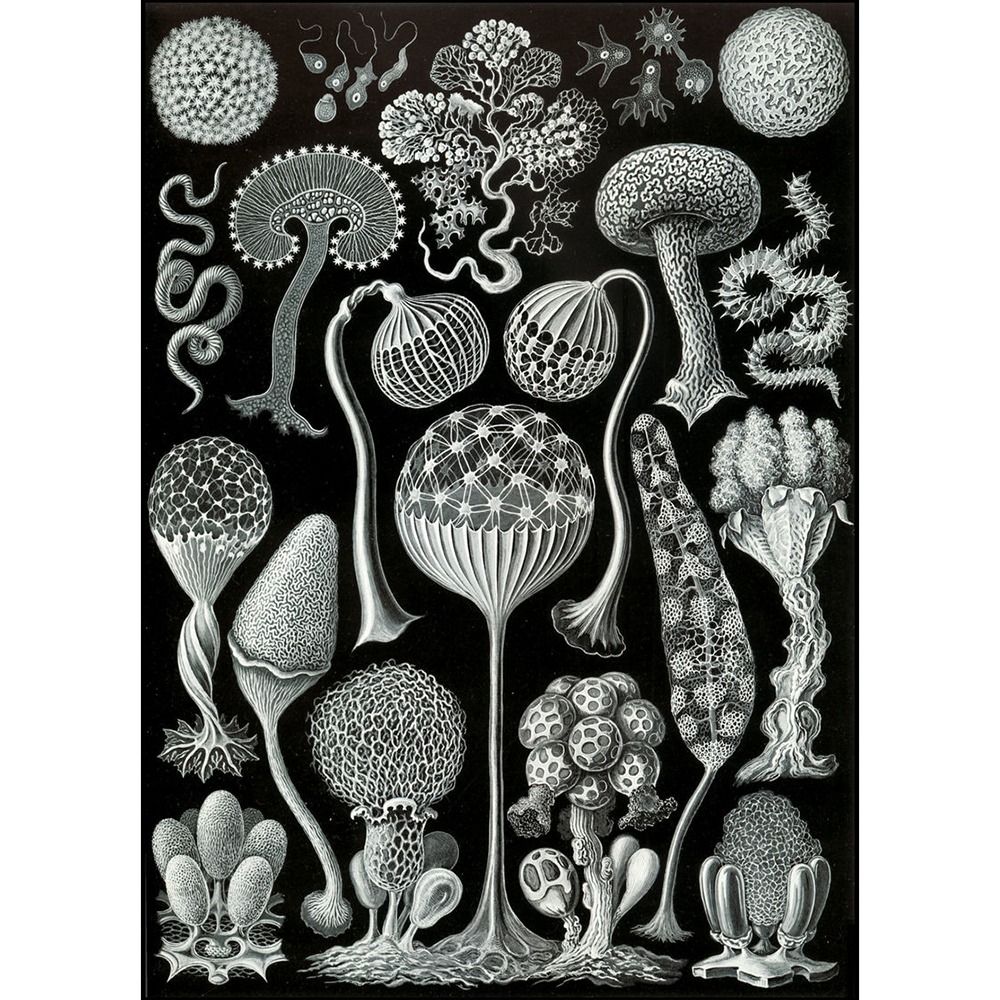
Mycetozoa by E. Haeckel
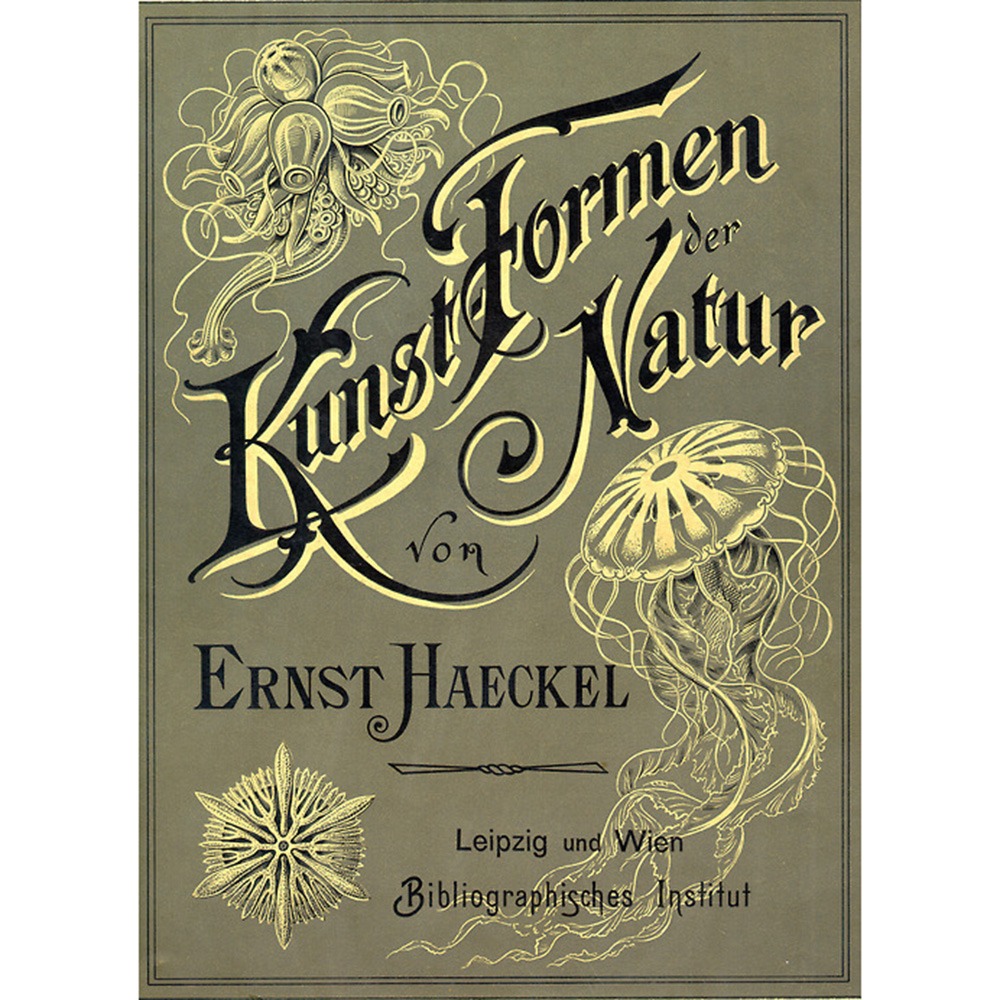
Haeckel book cover
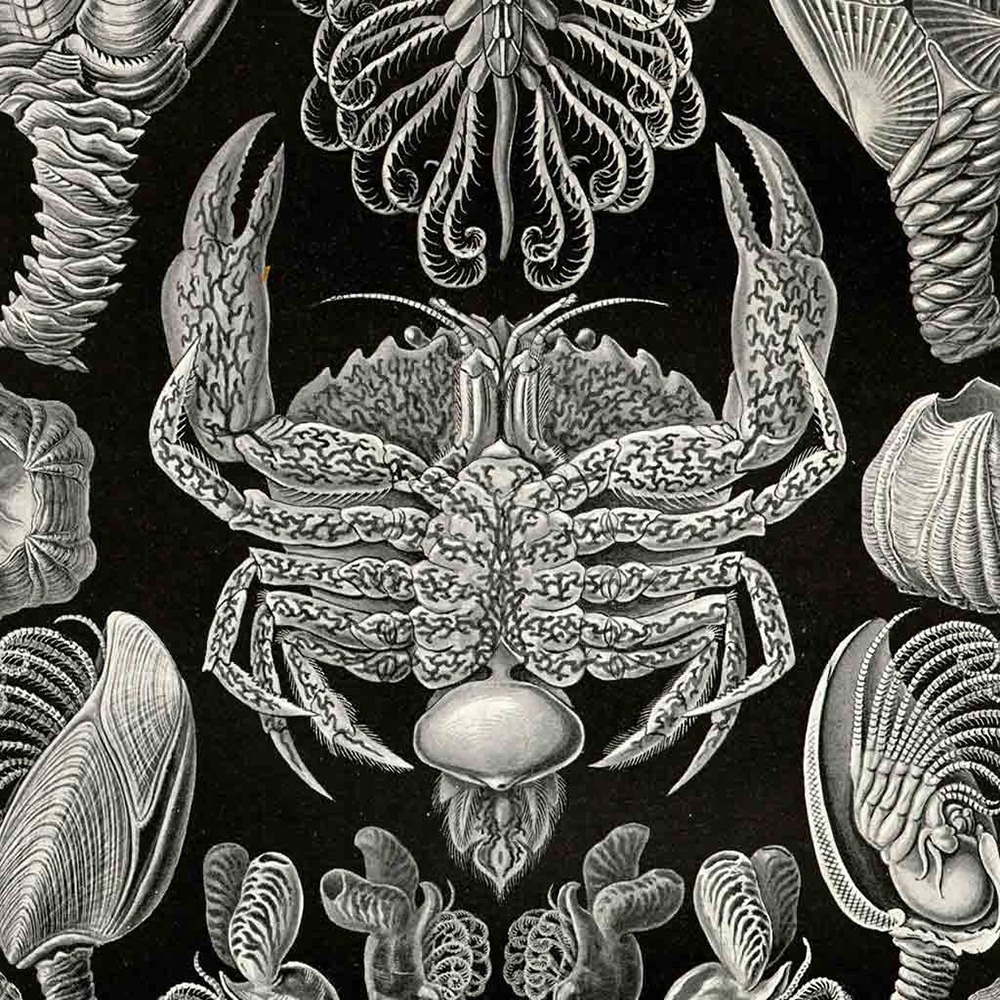
Crustaceans by E. Haeckel
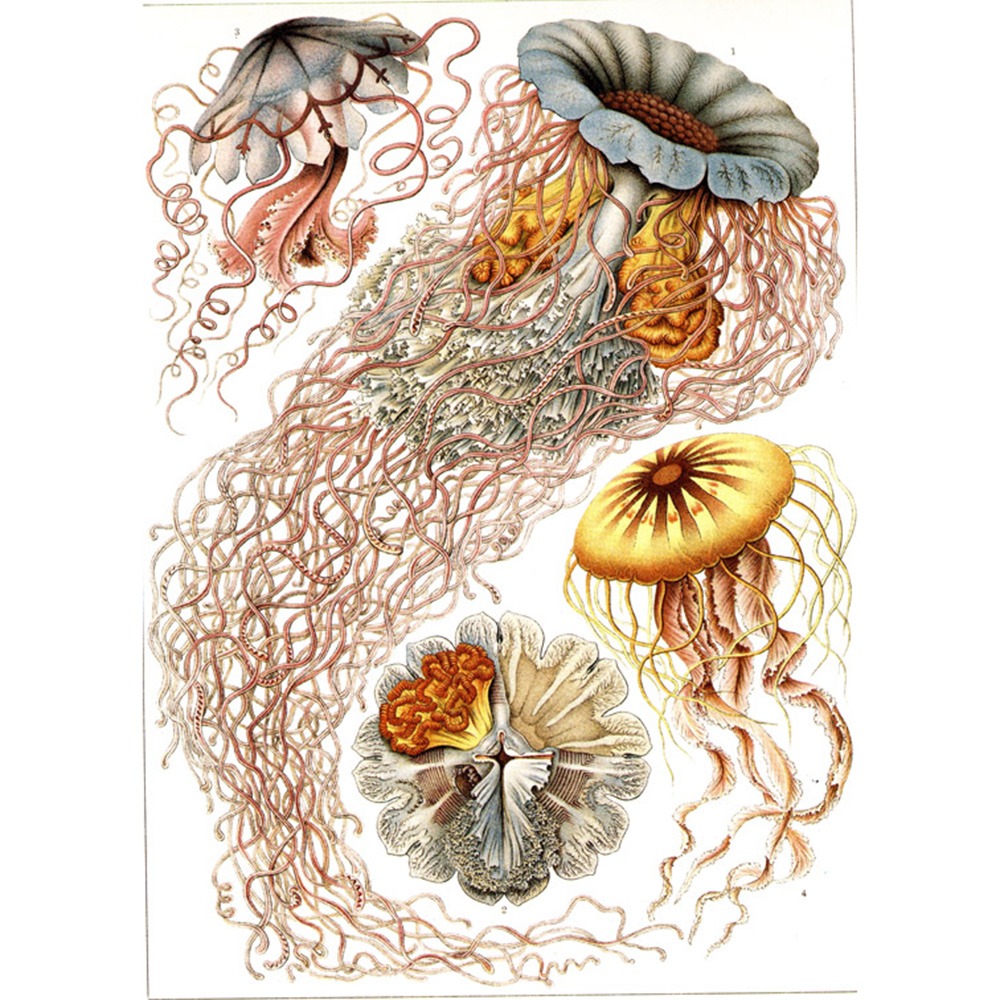
Jellyfish by E. Haeckel
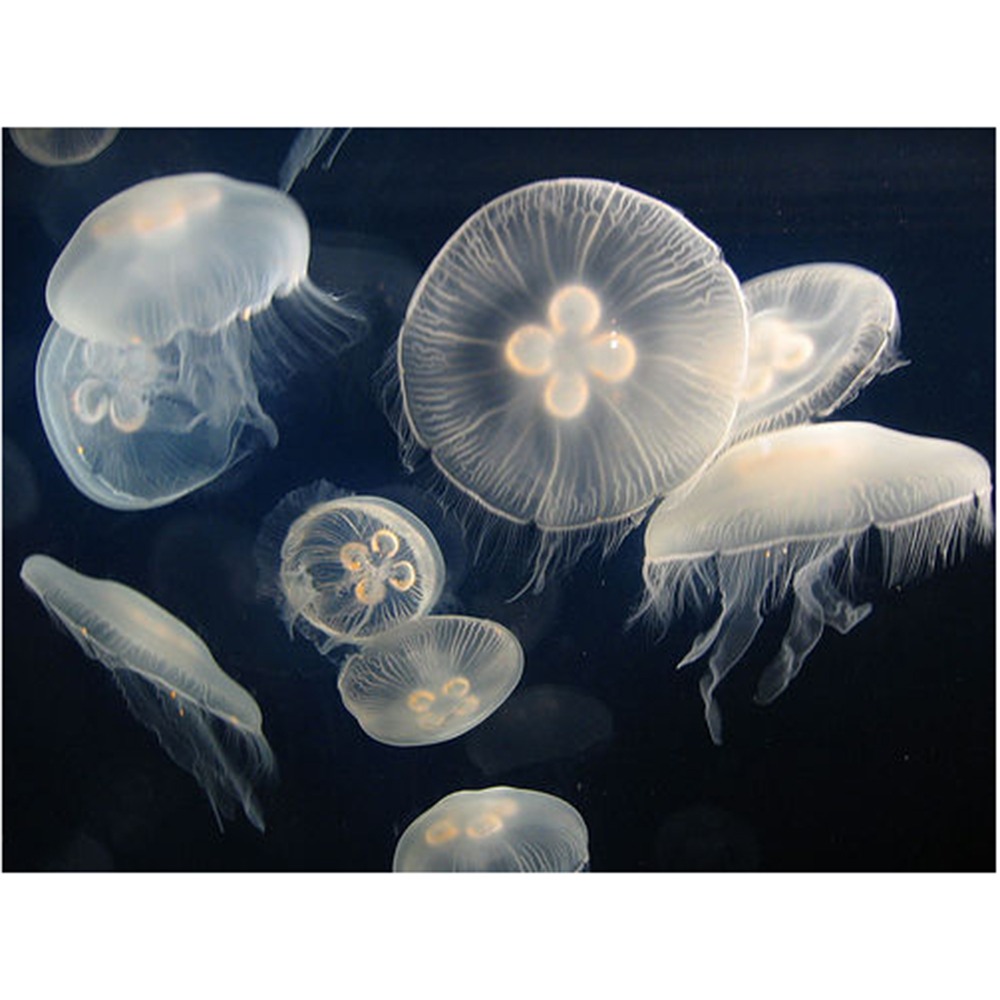
Jellyfish
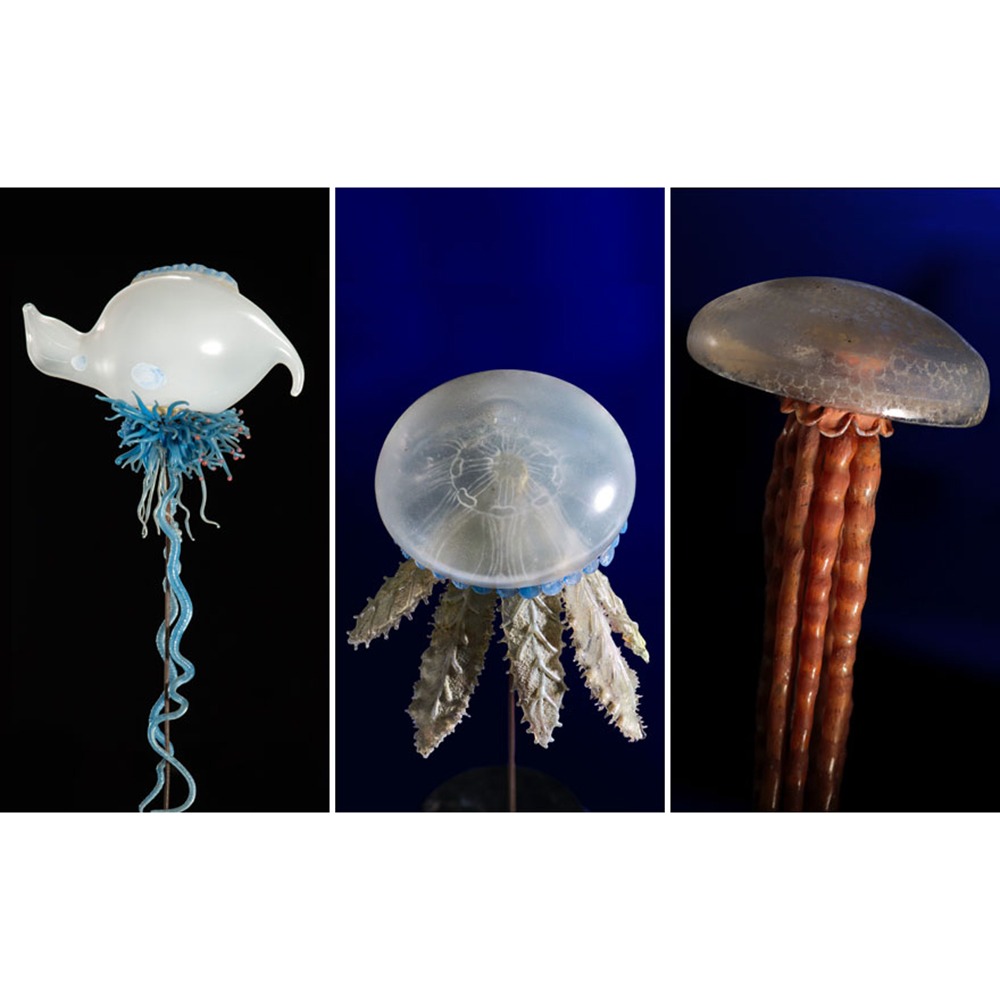
Jellyfish by L. Blaschka
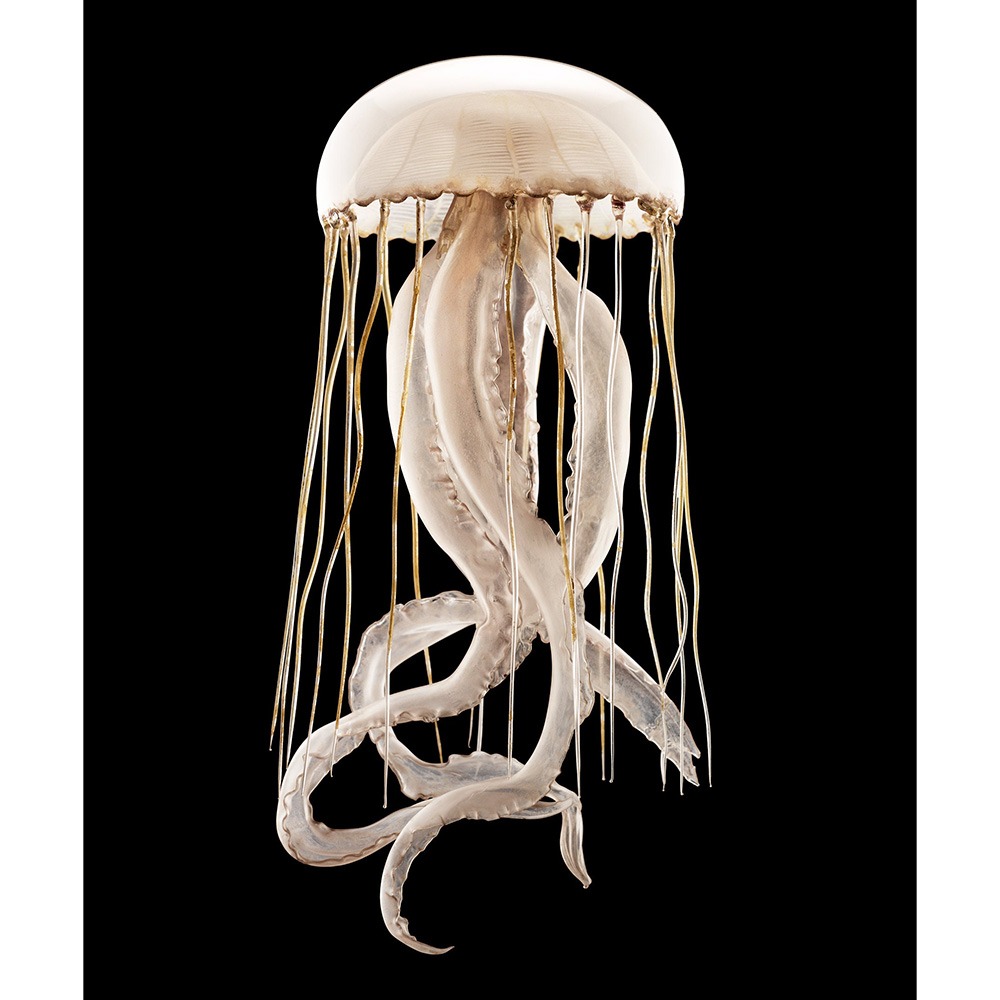
Jellyfish by L. Blaschka
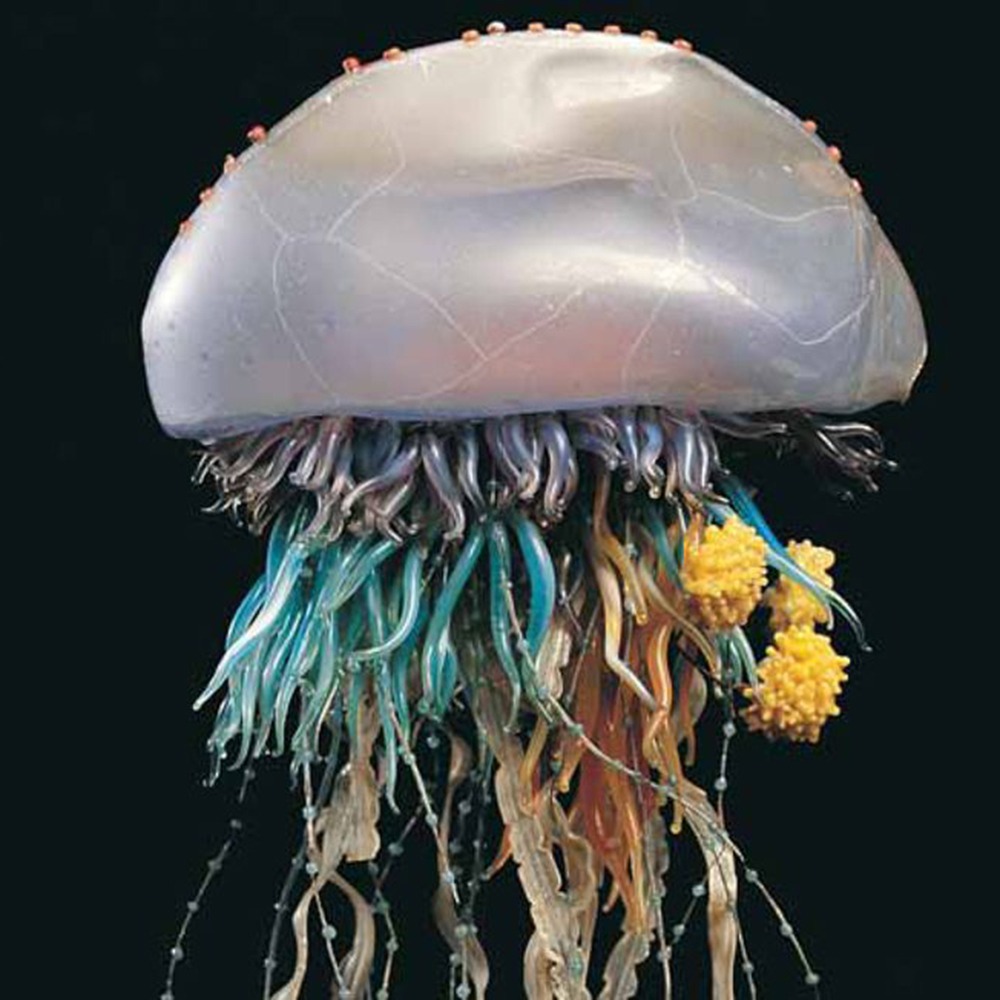
Jellyfish by L. Blaschka
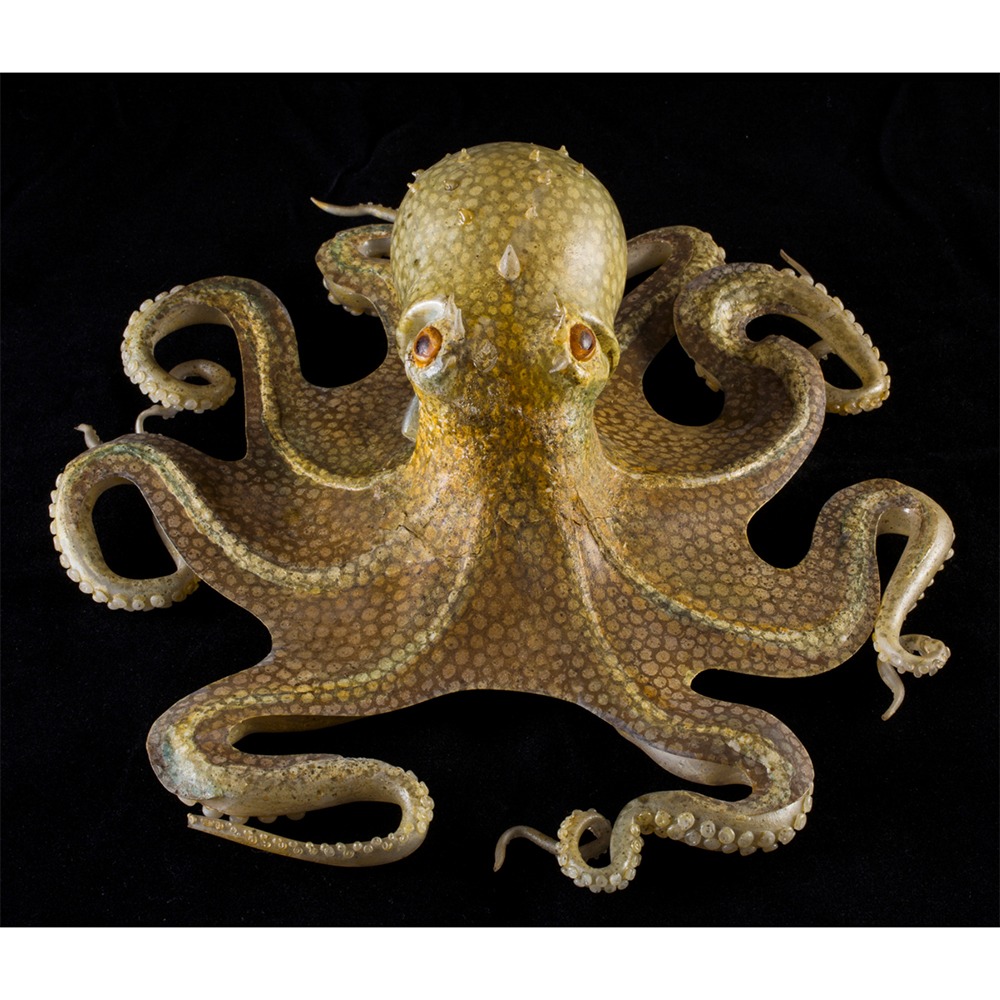
Octopus by L. Blaschka
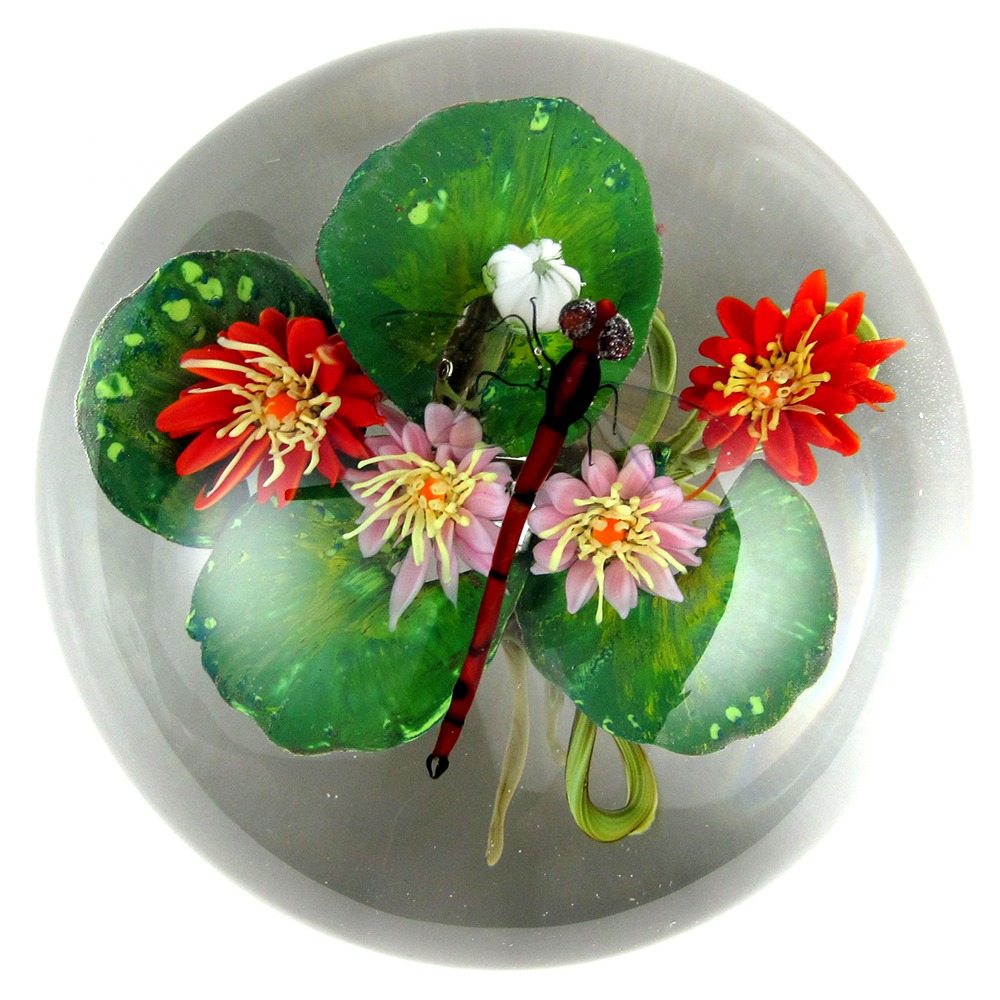
Dragonfly paperweight by P. Stankard
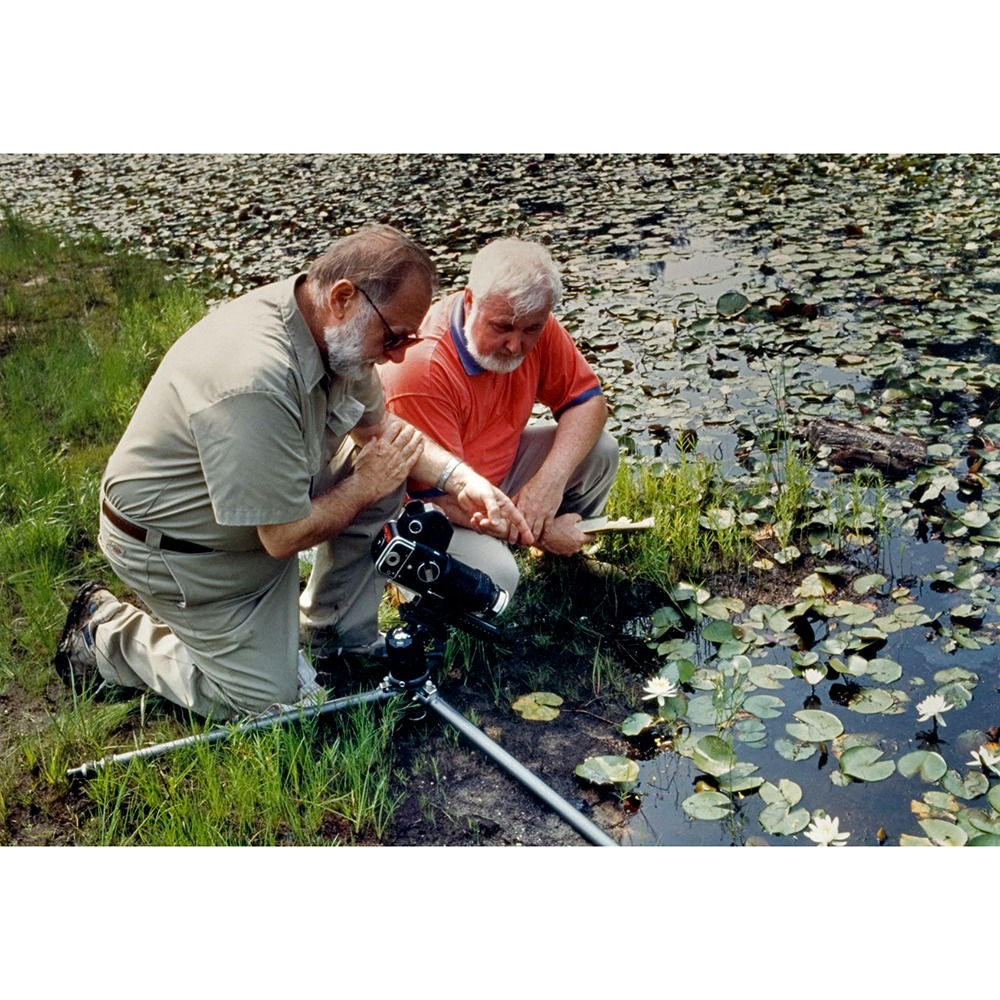
Paul Stankard and friend studying nature
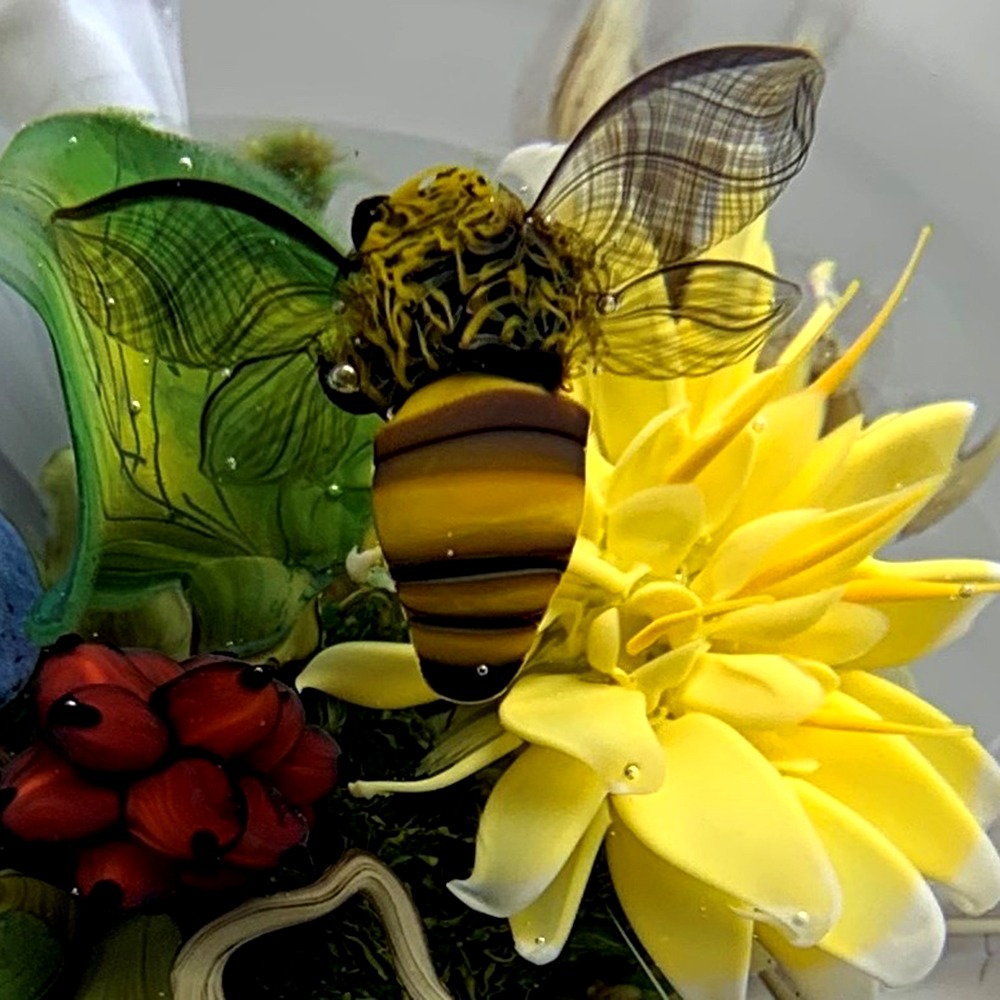
Bee detail by P. Stankard
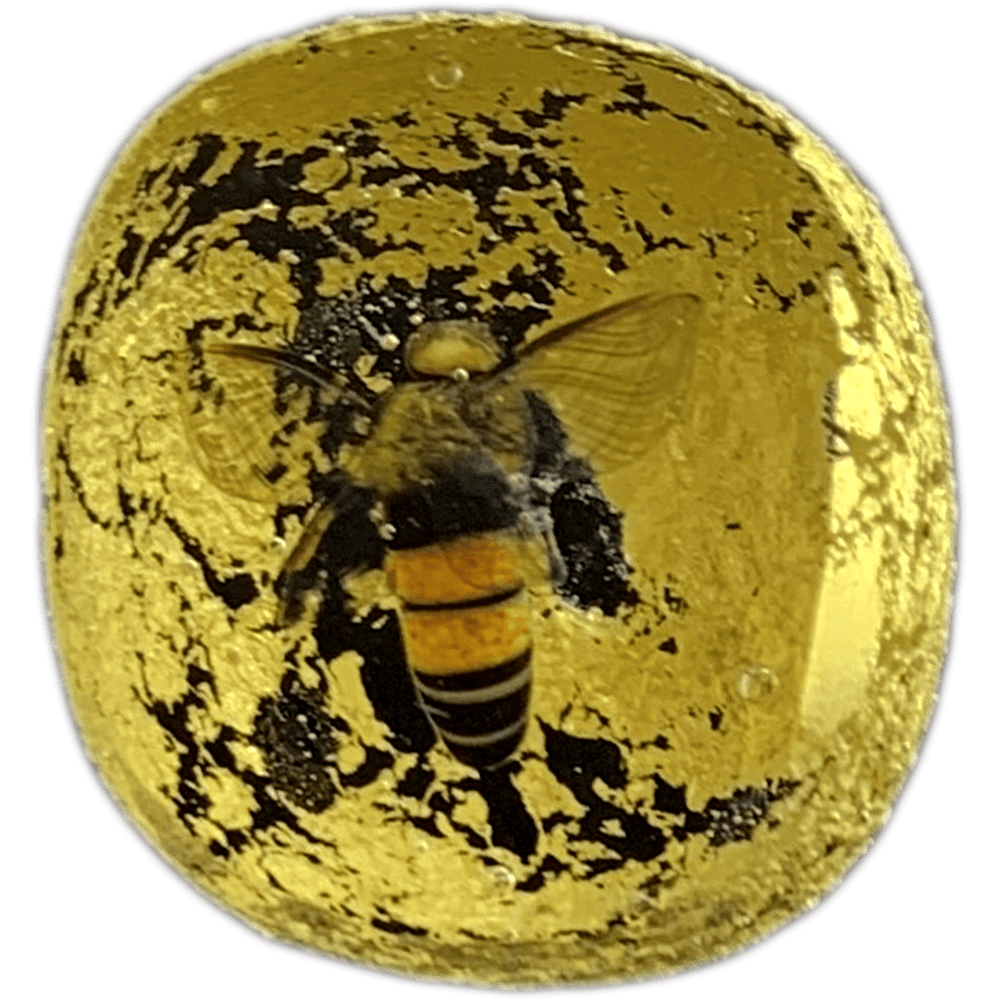
Bee detail by P. Stankard
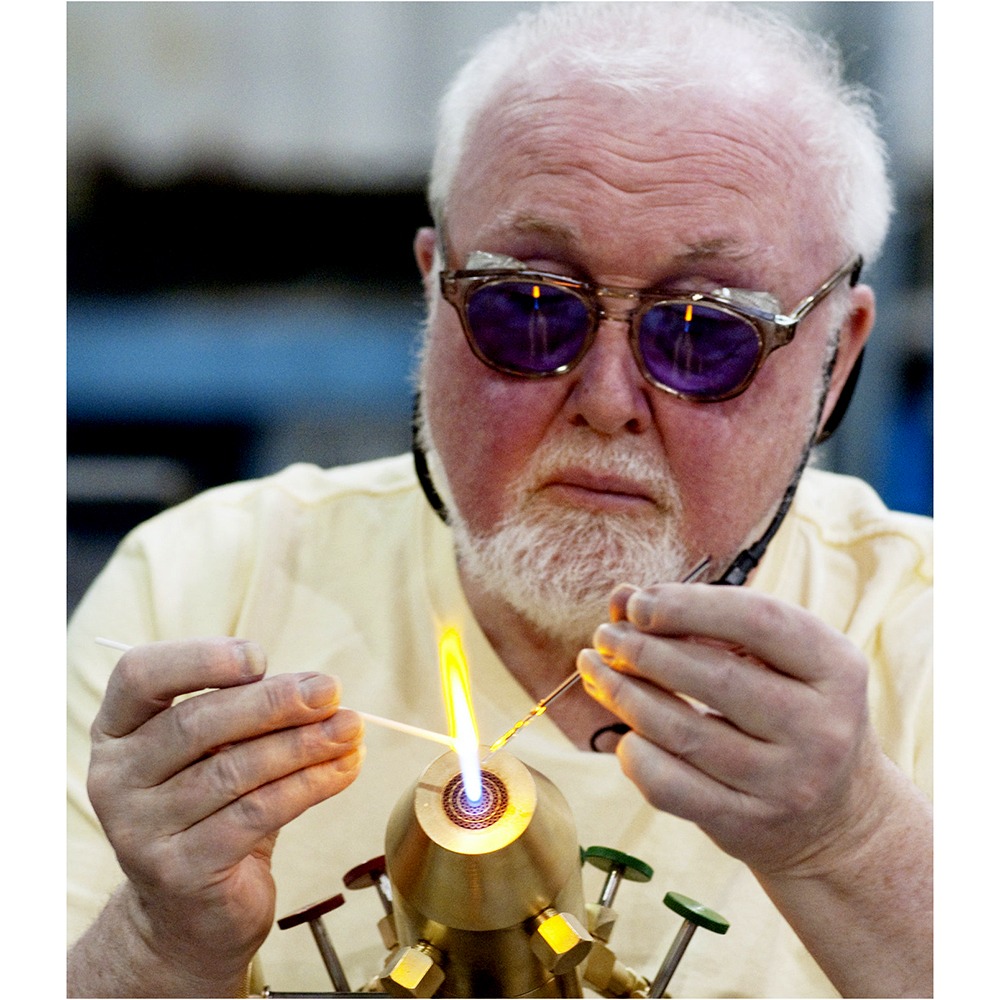
Paul Stankard working
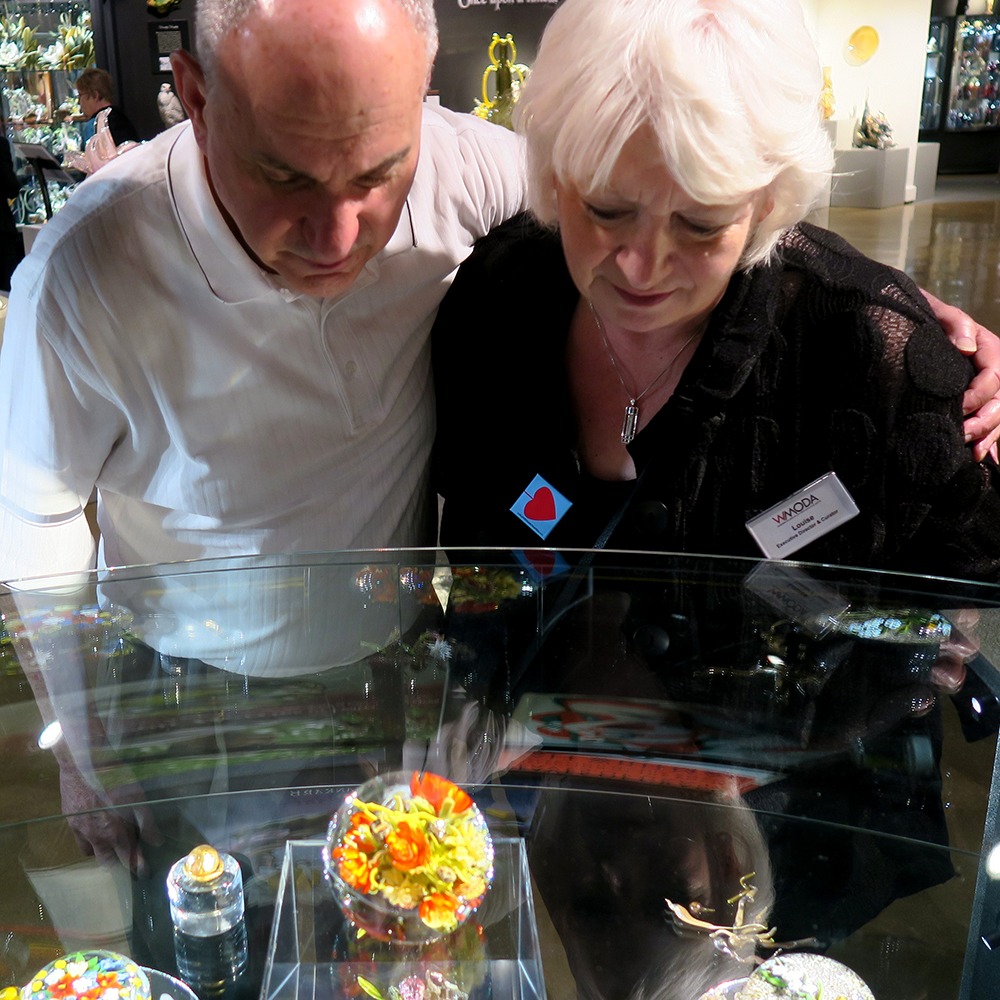
Arthur and Louise enjoying the Art of the Flame Exhibit at WMODA
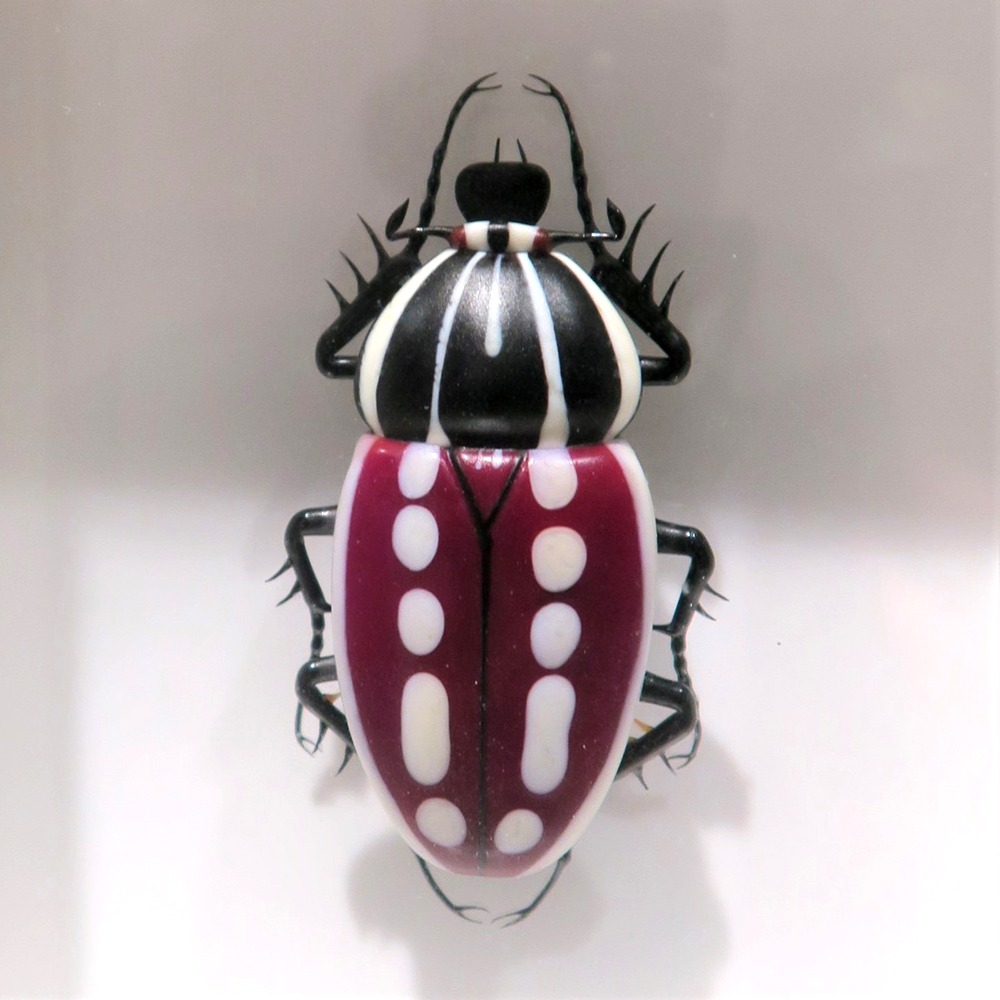
Spot Beetle by E. Toffolo
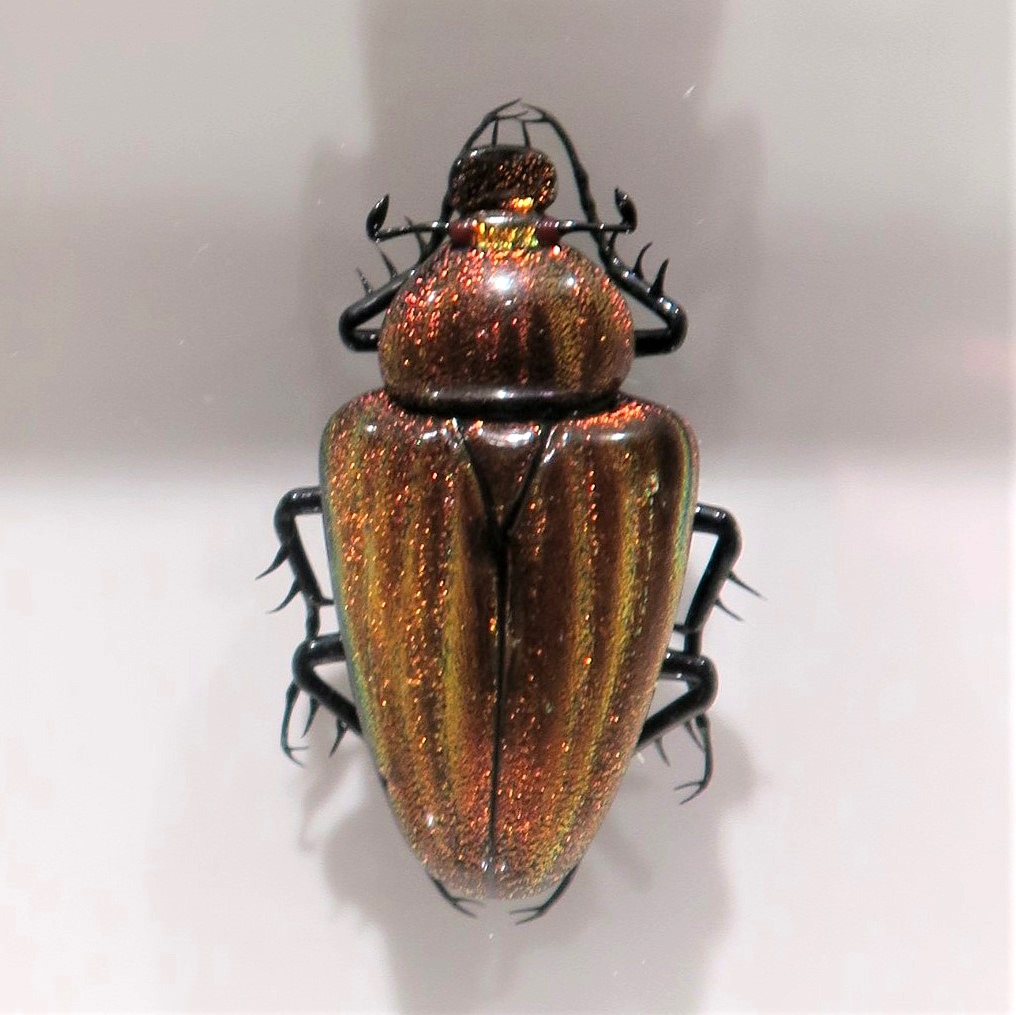
Brown Beetle by E. Toffolo
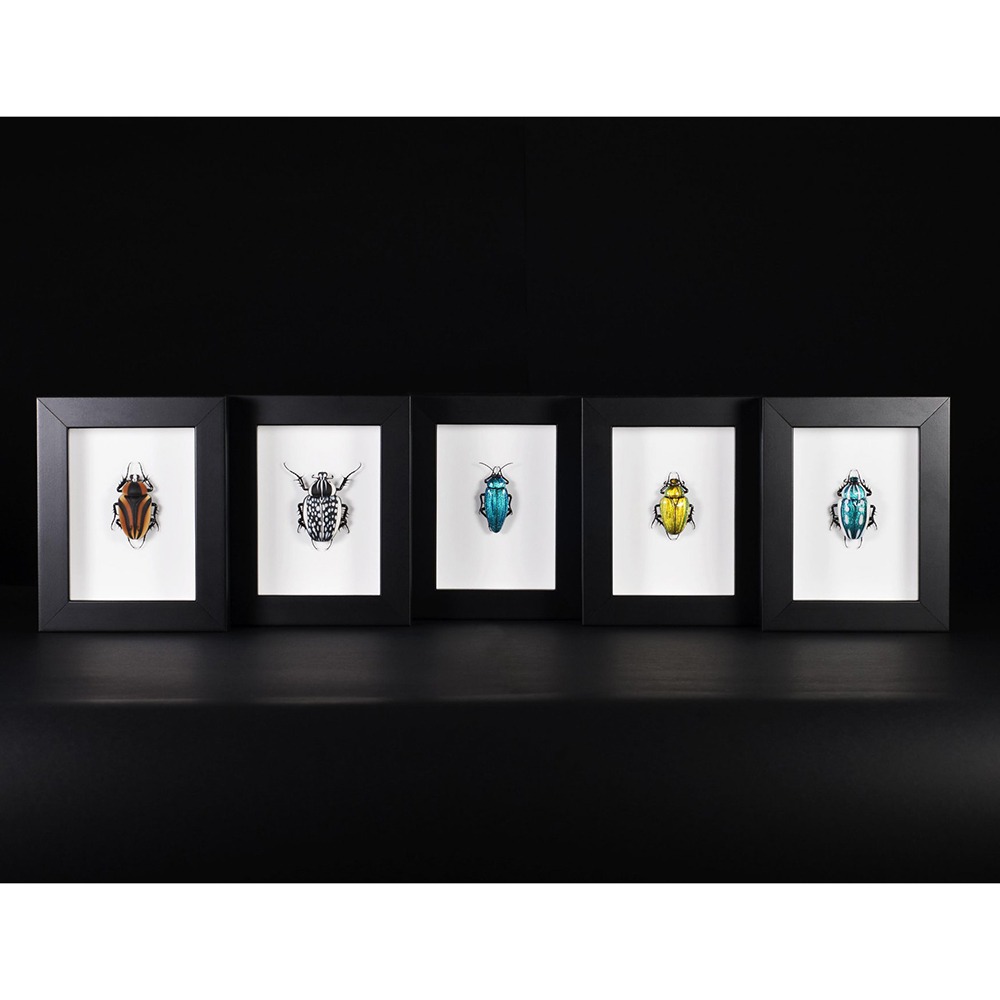
Glass Insects by E. Toffolo
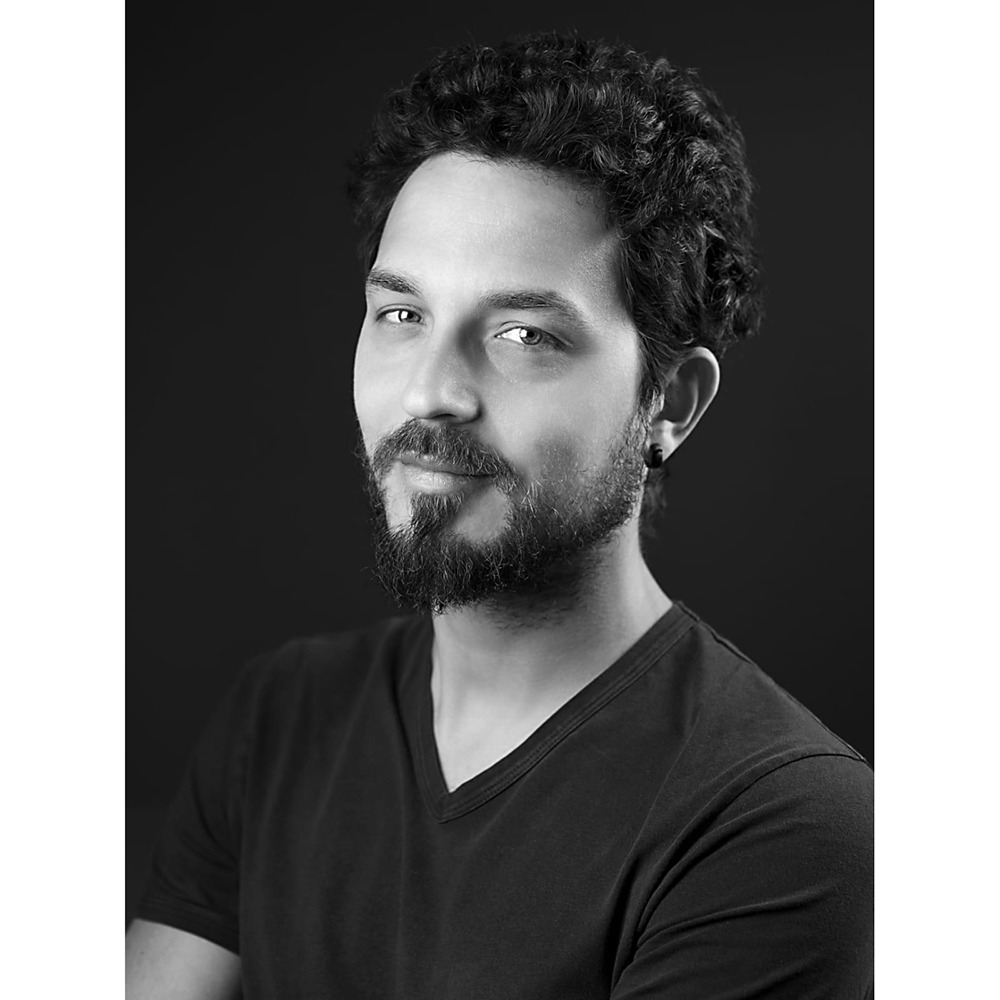
Emmanuel Toffolo
The works of art by Dario Frare and Emanuel Toffolo are for sale at the WMODA shop.
For details call 954-376-6690 or e-mail [email protected]
All proceeds benefit WMODA, a 501c3 non-profit museum
Read more...
Seaforms in the fired arts
Read more about beetles in art
Paul Stankard Art of the Flame
Paul Stankard’s work
Read more about Murano Glass...
Murano Glass - Sergio Gnesin - Who Who's @ WMODA
Murano Glass - The Magic of Murano
Murano Glass - Animalia
